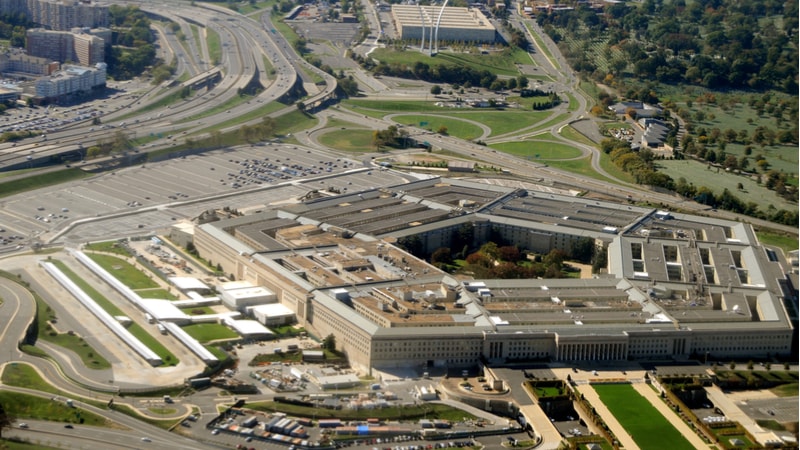
Two top officials from the Pentagon’s Office of the Assistant Secretary of Defense for Science & Technology (OASD(S&T)) highlighted ways the Defense Department (DoD) is leading the charge on leveraging innovative technologies in the areas of quantum and biotech.
John Burke, the principal director of quantum science within the OASD(S&T) said Tuesday that in 2024 alone they have already pushed out $100 million for developing quantum applications at the edge for warfighters.
“The original quantum technology was GPS,” Burke said during the Defense One Tech Summit in Virginia on June 18. “We’re busily working on other quantum technologies to equip positioning and timing at the edge of the warfighter so that they don’t have to rely on GPS all the time.”
“We’re really pushing out on that,” he said. “Even this year, 2024, we’ve got about $100 million … just on that area. So, we’re really working hard on that.”
Katherine Sixt, the principal director of biotechnology within the OASD(S&T), said during the same event that DoD is leveraging biotech for the “next industrial revolution” and “using bio-industrial manufacturing to make things.”
“Instead of now just making our pharmaceuticals or medical applications, we’re looking at making fuels with it,” Sixt said. “I’m not talking just sustainable aviation fuel; I’m talking about boutique fuels that are really important to certain weapon systems that we’re interested in. We’re looking at developing next generation munitions through industrial manufacturing.”
Sixt highlighted that America’s supply chains have “a lot of brittleness,” which is preventing the U.S. from easily obtaining precursor chemicals from overseas.
“We can grow those industrial chemicals, essentially,” she said. “We can program bacteria and yeast and fungi and all sorts of different organisms to make what we want them to make. So, it’s an engineering discipline now, not just the way it was for making antibiotics before but making novel munitions and current munitions.”
The Defense Advanced Research Projects Agency (DARPA) is also in the business of developing emerging technologies for the Pentagon’s use, and DARPA Director Stephanie Tompkins said they currently have about 250 active programs.
“Some of the [projects] I’ve been most excited about are those things that are the rising tide that raises all boats,” Tompkins said. “There’s a lot of work that has been done in the last five to seven years in areas of rapid integration. We have all these different things, systems that just don’t talk to each other … So, to create software or hardware tools that act as translators that just connect things together, so they can no longer worry about that translation.”
Tompkins emphasized that DARPA is “really going after changing the world.”
“We’re going for massive disruption, ripping up your roadmap, resetting what you think is possible. And that means we’re making a lot of really big bets constantly and we’re failing a lot, but the idea is that when we do succeed, it is things like the internet,” she said.
Tompkins said DARPA is currently working on nuclear thermal rocket propulsion, “which if successful, could take humans to Mars for the first time.”
